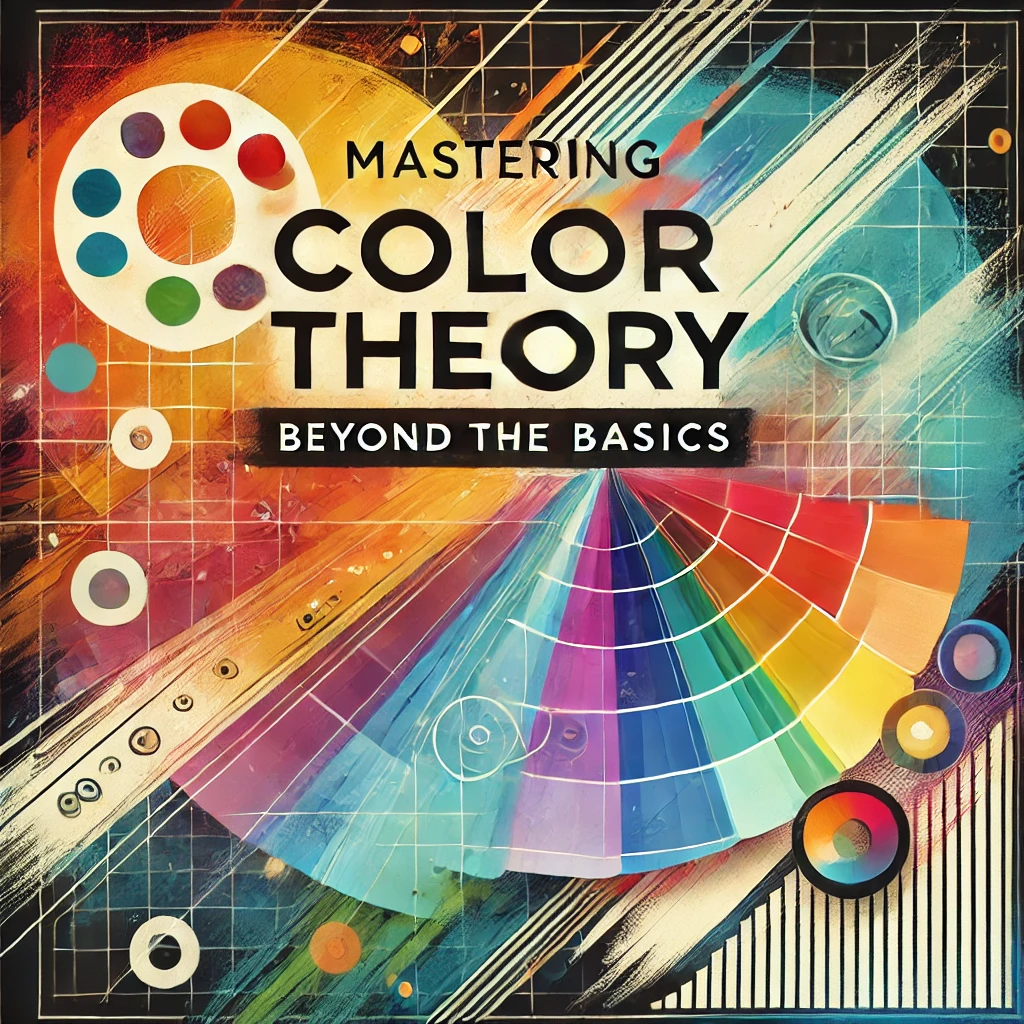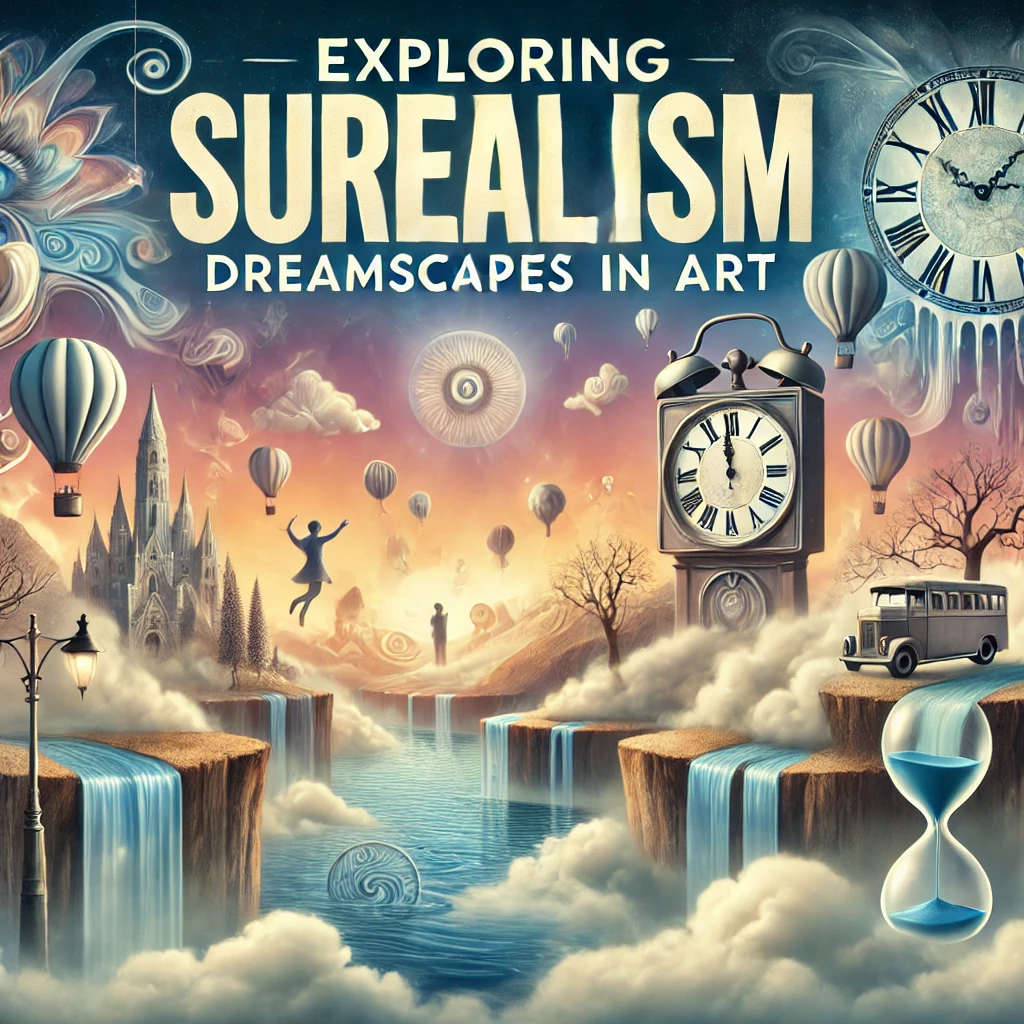Mastering Color Theory:
Beyond the Basics
USD 200.00
Dive deep into the world of colors—explore harmony, contrast, and the psychology behind hues to elevate your artistic expression.
Instructor: Stephanie Sacroix
Course Duration: 6 hours (self-paced)
Skill Level: Intermediate to Advanced
Course Language: English
Color is emotion made visible. In this hands-on course, you’ll go beyond theory to understand how light, culture, and perception intertwine to shape artistic identity. Through guided exercises, you’ll learn how to translate feeling into pigment — building the visual harmony that transforms technique into expression.
What You’ll Learn
Section 1: Introduction to Advanced Color Theory (30 mins)
Lecture 1.1: Welcome and Course Overview
Lecture 1.2: Why Color Theory Matters Beyond the Basics
Lecture 1.3: Tools for Exploring Color (traditional & digital)
Section 2: Advanced Principles of Color Harmony (1 hour)Lecture 2.1: Beyond the Wheel: Triadic, Tetradic, and Polychromatic Schemes
Lecture 2.2: Creating Contrast Without Chaos
Lecture 2.3: Interactive Activity: Developing Unique Color Schemes
Section 3: Color Psychology in Art and Design (1 hour)Lecture 3.1: The Science of Color Perception
Lecture 3.2: Cultural and Emotional Implications of Color
Lecture 3.3: Case Studies: Successful Use of Color in Branding and Art
Lecture 3.4: Exercise: Creating Emotional Impact Through Color
Section 4: Mood and Storytelling with Color (1 hour)Lecture 4.1: Understanding Warm, Cool, and Neutral Palettes
Lecture 4.2: Building Atmosphere: From Tranquil to Tense
Lecture 4.3: Applying Color in Narrative Art
Lecture 4.4: Quiz: Identify the Mood of a Palette
Section 5: Traditional and Digital Color Application (1.5 hours)Lecture 5.1: Mixing Pigments and Avoiding Muddy Colors (Traditional)
Lecture 5.2: Color Blending Techniques in Digital Mediums
Lecture 5.3: Layering and Transparency in Traditional Media
Lecture 5.4: Project: Paint or Design a Piece Using What You’ve Learned
Section 6: Analyzing and Learning from Masters (1 hour)Lecture 6.1: How Van Gogh Used Complementary Colors for Emotion
Lecture 6.2: The Subtlety of Monochromatic Palettes in Contemporary Design
Lecture 6.3: Interactive: Recreate the Style of a Masterpiece Using Color Theory
Section 7: Final Project and Course Wrap-Up (30 mins)Lecture 7.1: Final Project: Create a Portfolio Piece Focused on Color Theory
Lecture 7.2: How to Continue Mastering Color Beyond This Course
Lecture 7.3: Closing Remarks and Resources
Section 2: Advanced Principles of Color Harmony (1 hour)
Section 3: Color Psychology in Art and Design (1 hour)
Section 4: Mood and Storytelling with Color (1 hour)
Section 5: Traditional and Digital Color Application (1.5 hours)
Section 6: Analyzing and Learning from Masters (1 hour)
Section 7: Final Project and Course Wrap-Up (30 mins)
Course Features
Interactive Quizzes to test your knowledge after each major section.
Downloadable Resources including a color harmony cheat sheet and cultural color guide.
Real-World Case Studies from famous artists and designers.
Practical Projects to apply what you’ve learned.
Lifetime access to all materials.
What You’ll NeedArt or design software like Adobe Photoshop, Procreate, or Affinity Designer.
Access to traditional art supplies (paints, brushes, color wheel).
A notebook for taking notes and sketching ideas.
Certificate of Completion
What You’ll Need
Certificate of Completion
Earn a certificate to showcase your mastery of abstract art techniques.

